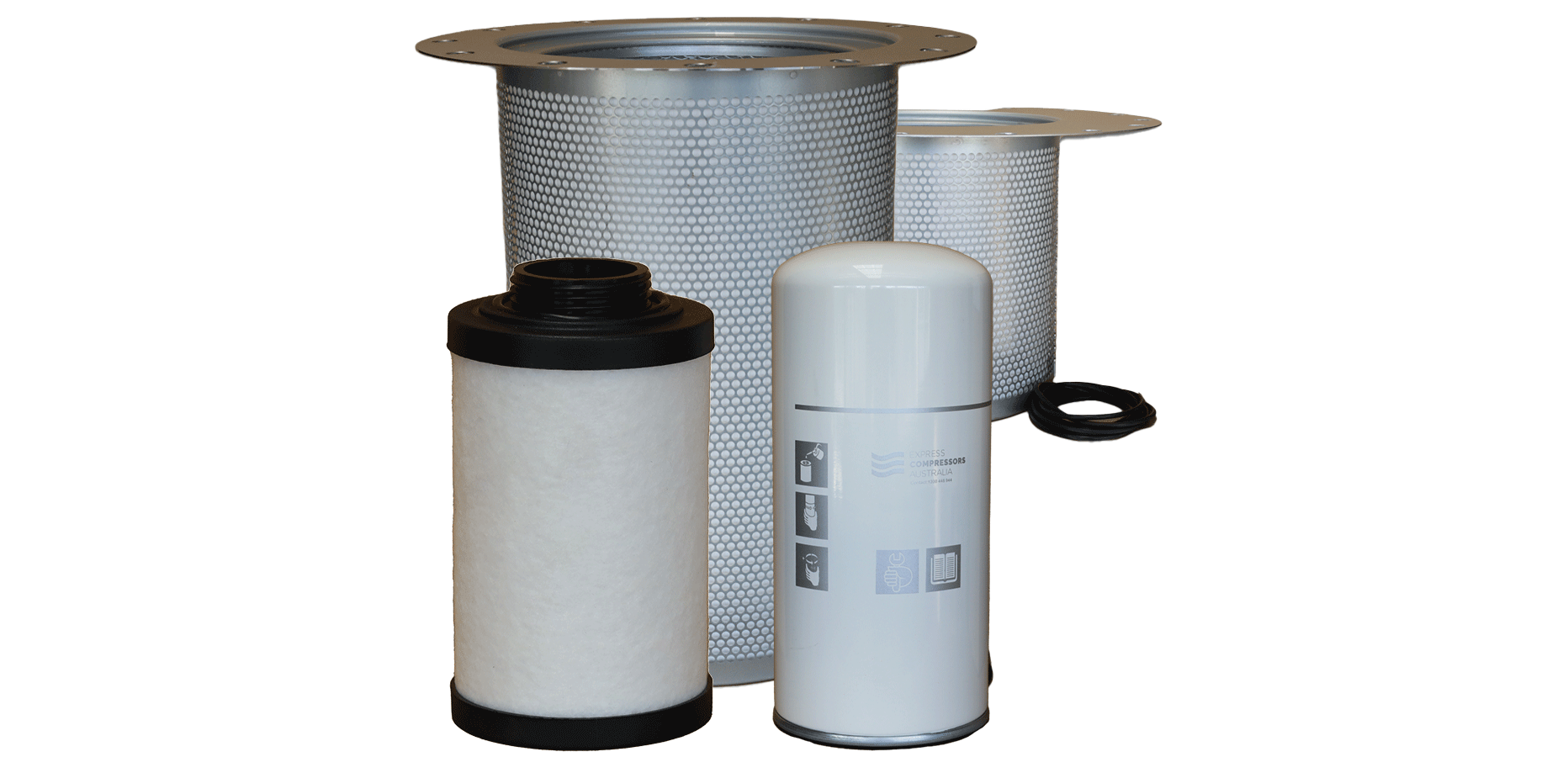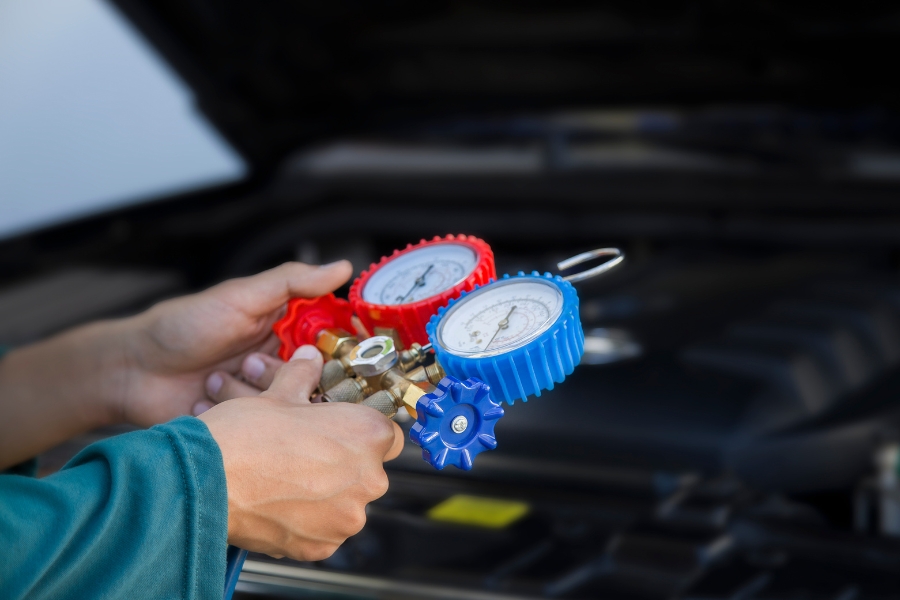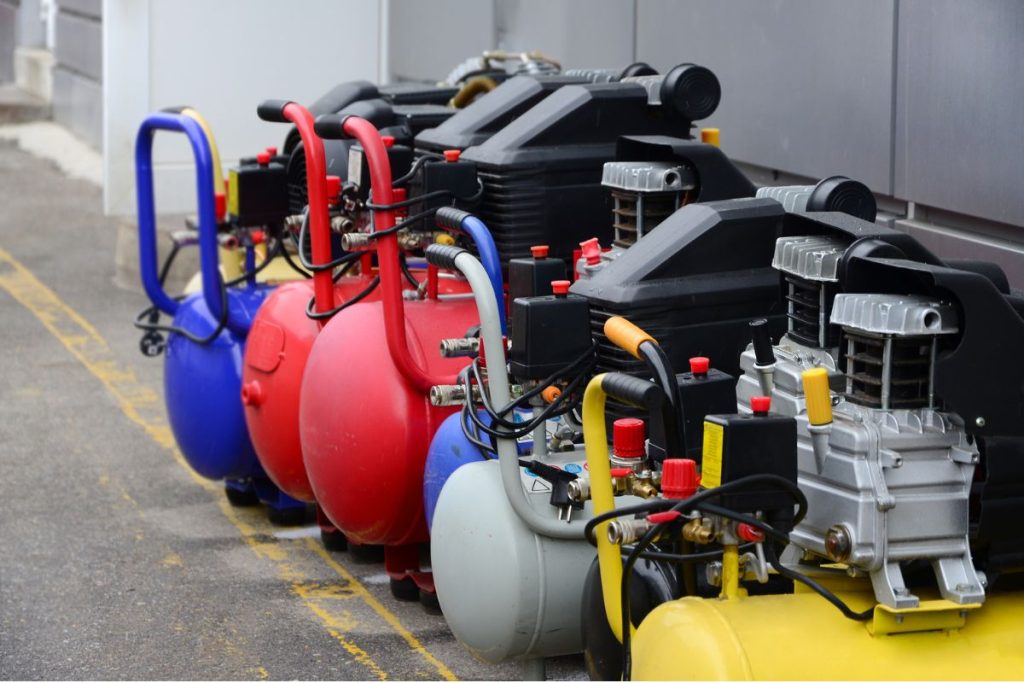Air compressors are invaluable in various industries, from manufacturing and construction to automotive repair and healthcare. Maintaining these machines is critical to their performance and prolonging their lifespan. One component that plays a crucial role in air compressor maintenance is the compressor oil separator. Understanding how it works can greatly contribute to compressor efficiency, operational excellence, and even cost savings.
What Are Compressor Oil Separators?
Compressor oil separators are mechanical devices integrated into air compressors, especially those with lubricated systems. They are used to separate oil particles from the compressed air before it is released for use. This makes sure the compressed air is clean and high-quality, which is important for most uses.
Why Are They Important?
Compressor Efficiency
Oil separators directly impact the efficiency of an air compressor system. Oil in the compressed air can be a contaminant in many applications. For example, in a manufacturing environment, oily air can harm the quality of end products. In pneumatic systems, oil can clog valves and controls, reducing the effectiveness of the machinery. By effectively separating oil from the compressed air, the compressor oil separator enhances the overall system’s efficiency and ensures that downstream equipment functions as it should.
Cost-Efficiency
Inefficient separation of oil can result in increased operational costs. For one, you’ll need to replace oil more frequently, which is an unnecessary cost. Secondly, if oil-laden air affects the quality of your end products or requires you to clean or repair downstream equipment, these are added costs you could well avoid. Compressor oil separators are not just essential for operational efficiency but also for maintaining a cost-efficient operation.
Air Compressor Maintenance
A well-maintained air compressor is likely to have a longer operational life. Oil separators contribute to this by reducing the risk of wear and tear on various compressor components. Accumulated oil can act as a grime magnet, attracting dust and other particles, which can lead to corrosion over time. Excessive oil can also affect the lubrication balance in the compressor. By efficiently removing oil from the compressed air, oil separators indirectly contribute to less frequent repairs and lower maintenance costs.
Types of Compressor Oil Separators
Compressor oil separators come in various types, each serving the same purpose but offering different efficiencies and maintenance requirements. The most common are centrifugal separators, coalescing separators, and mechanical separators. Understanding the specific needs of your compressor system will guide you in selecting the most suitable type.
When to Replace Oil Separators
Routine checks are an essential part of air compressor maintenance, and the oil separator is no exception. Manufacturers usually provide a guide on when to replace these components, but a rule of thumb is to do so every 1,000 to 3,000 hours of operation, depending on the type and usage. Failure to replace them as needed can significantly compromise the system’s efficiency.
Internal vs. External Compressor Oil Separators
When it comes to compressor oil separators, it’s essential to be aware of the distinction between internal and external units. Each type has its advantages and considerations that can impact your air compressor system’s efficiency and maintenance.
Internal Oil Separators
Internal oil separators are an integral part of the air compressor’s design. They are specifically engineered and integrated by the compressor manufacturer to meet their specifications and requirements. These separators work seamlessly within the compressor system and are not selected separately.
While internal separators offer the convenience of being pre-optimised for the compressor they are designed for, they may have limitations in terms of flexibility and adaptability. Users have less control over the type and efficiency of these separators, as they are determined by the compressor manufacturer.
External Oil Separators
In contrast, external oil separators are standalone units that can be added to your air compressor system as an additional component. They provide users with greater flexibility and choice when it comes to selecting the most suitable type of separator for their specific needs.
External oil separators come in various types, including centrifugal separators, coalescing separators, and mechanical separators. This flexibility allows you to tailor your oil separation solution to match your air compressor system’s unique requirements. For example, if you need a highly efficient oil separation process or have specific maintenance preferences, you can choose the external separator type that aligns with these needs.
In summary, while internal oil separators are factory-installed and meet the manufacturer’s specifications, external oil separators offer the advantage of customisability. When opting for external separators, you have the freedom to select the type that best suits your operational and maintenance preferences, ultimately contributing to a more efficient and cost-effective air compressor system.
Next Steps for Your Compressor Oil Separator
Compressor oil separators are indispensable in air compressor systems, particularly those that are lubricated. They contribute significantly to compressor efficiency by ensuring that the compressed air is free of oil contaminants. This supports operational and cost-efficiency, making a case for their inclusion in any air compressor maintenance plan. Understanding their role, the different types available, and when to replace them can make a significant difference in how well your air compressor performs and how long it lasts.
Reach out to the friendly team at Express Australia to help you choose the best compressor oil separator for your business.
The function of a compressor oil separator is to remove oil particles from the compressed air generated by an air compressor. This ensures that the compressed air is free from contaminants, which is essential for maintaining the quality of end products and the efficient functioning of downstream equipment.
Compressor oil separators contribute to cost-efficiency in several ways. By removing oil particles effectively, they reduce the frequency of oil replacement, saving you money in the long term. They also minimise the risk of downstream equipment becoming clogged or damaged due to oil contamination, which would otherwise result in additional maintenance or replacement costs.
The most commonly used types of compressor oil separators are centrifugal separators, coalescing separators, and mechanical separators. Each type serves the primary purpose of separating oil from compressed air but offers different efficiencies and maintenance requirements. Your choice will depend on the specific needs of your air compressor system. Get in touch with Express Australia if you’re unsure what will best suit your system.
The frequency of replacement depends on various factors, such as the type of separator and the operational load of your compressor system. Manufacturers often provide guidelines, but a general rule of thumb is to replace the oil separator every 1,000 to 3,000 hours of operation. Regular checks should be part of your air compressor maintenance routine to ensure optimal performance.
While it’s technically possible to operate an air compressor without an oil separator, doing so would significantly compromise the efficiency and longevity of your system. It can also result in increased operational costs and may adversely affect the quality of your end products or the functioning of downstream equipment. Therefore, it’s strongly advised to include an oil separator in your air compressor maintenance plan.





